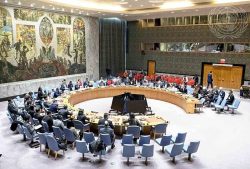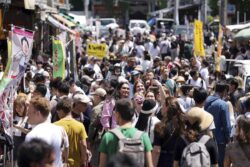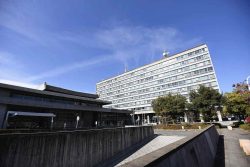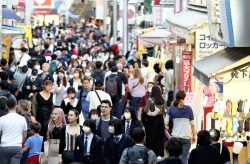Latin Countries Have No Choice but to Accept Deportees from U.S.; Fear Repatriations Will Lead to Greater Instability
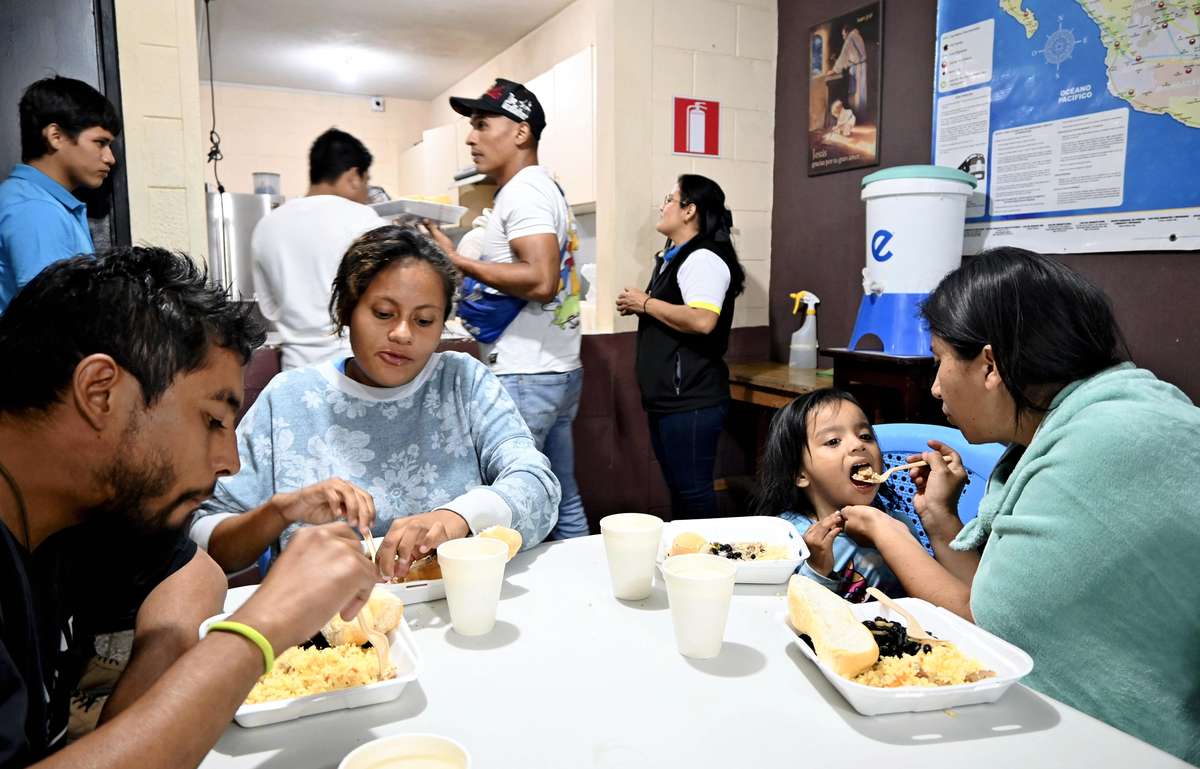
Immigrants from El Salvador and Honduras eat at a temporary accommodation facility in Guatemala City on Jan. 31.
2:00 JST, February 17, 2025
GUATEMALA CITY — Latin American countries that depend economically on the United States have no choice but to accept migrants repatriated from that country.
The administration of U.S. President Donald Trump, who has made the fight against illegal immigration one of his top priorities, has pushed the “largest deportation operation” in U.S. history.
Marco Rubio headed to Latin America on his first trip as U.S. secretary of state.
In preparation for the U.S. policy, countries in Central America and the Caribbean are rushing to expand their migrant intake.
On Feb. 5, in Guatemala City, one of Rubio’s destinations, a 21-year-old woman from the northern province of Peten was waiting outside a migrant reception center for a friend to pick her up.
She said she had been deported from the United States that day. She had red marks on her arms and wrists from the handcuffs and chains she wore on the plane.
The woman said that when she was in her hometown, she came across gangs from a crime syndicate dumping the bodies of several women last September. Threatened by the gangs, she decided to quit the jewelry store where she worked and flee alone to the United States.
She spent half a month traveling north on foot and by bus. She crossed the river at the Mexican border into the United States only to be detained.
Held at an immigration detention center, she was told that the United States was not her country and her asylum claim was denied. Her hometown, where her family lives, was too dangerous for her to return. The woman said through tears that it was absurd.
Guatemala is a transit country for migrants on their way to the United States. It is also a source of migrants.
About 20% of Guatemala’s population is believed to be in the United States. According to Guatemalan authorities, about 77,000 people were deported from the United States and other countries on commercial flights last year.
Since the Trump administration took office, the migrant reception center in Guatemala City has been forced to deal with late-night and early-morning arrivals, with deportations being carried out by U.S. military aircraft. A freeze on U.S. government aid is also putting pressure on the facility’s operations.
According to the Inter-American Development Bank, remittances sent to Guatemala from abroad last year totaled 19.5% of the country’s gross domestic product.
Francisco Pelissari, 63, a representative of the migrant reception center in the city, said the United States was pursuing a policy of fear with the deportations. The migrants do not even have jobs back home, he said.
After talks with Rubio on Feb. 5, Guatemalan President Bernardo Arevalo announced that the two countries had agreed to a 40% increase in the number of flights transporting deportees — both Guatemalan returnees and deportees of other nationalities.
Guatemala’s economic dependence on the United States meant it was difficult for the country to go against U.S. policy.
The Latin American countries to which the migrants are repatriated will gradually implement measures, such as lump-sum payments and the expansion of facilities, to avoid friction with the United States.
Colombian President Gustavo Petro, threatened by Trump with high tariffs on his country’s exports to the United States, has been forced to accept deportees carried by U.S. aircraft. Posting on X, he called on illegal migrants who have fled to the United States to return home as soon as possible, stressing that the country is ready to provide them with low-interest loans.
In Latin America, the security situation is deteriorating due to the large number of refugees fleeing from politically unstable countries to neighboring nations. It has been pointed out that the closure of the immigration path to the United States could lead to an influx of Latin American immigrants into neighboring countries, resulting in greater instability in the region.
"World" POPULAR ARTICLE
-
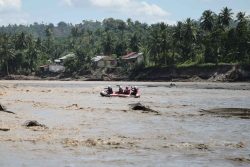
8 Japanese Nationals Stranded on Indonesia’s Sumatra Island
-

Mozambican Cooking Class Held in Matsuyama, Ehime Pref.; Participants Don Aprons, Bandanas Made from Traditional Mozambique Fabric
-

China to Impose Sanctions on Shigeru Iwasaki, Former Head of Japan’s Self-Defense Forces, Who Serves as Adviser to Taiwan’s Executive Branch
-

China Steps Up ‘Wolf Warrior’ Diplomacy Against Japan, Hurling Accusation About Plutonium Stockpile
-

U.S. Senate Resolution Backs Japan, Condemns China’s Pressure
JN ACCESS RANKING
-
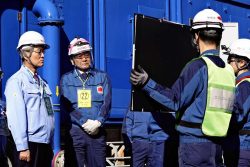
Keidanren Chairman Yoshinobu Tsutsui Visits Kashiwazaki-Kariwa Nuclear Power Plant; Inspects New Emergency Safety System
-
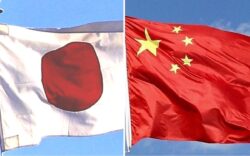
Imports of Rare Earths from China Facing Delays, May Be Caused by Deterioration of Japan-China Relations
-

University of Tokyo Professor Discusses Japanese Economic Security in Interview Ahead of Forum
-

Japan Pulls out of Vietnam Nuclear Project, Complicating Hanoi’s Power Plans
-

Govt Aims to Expand NISA Program Lineup, Abolish Age Restriction


